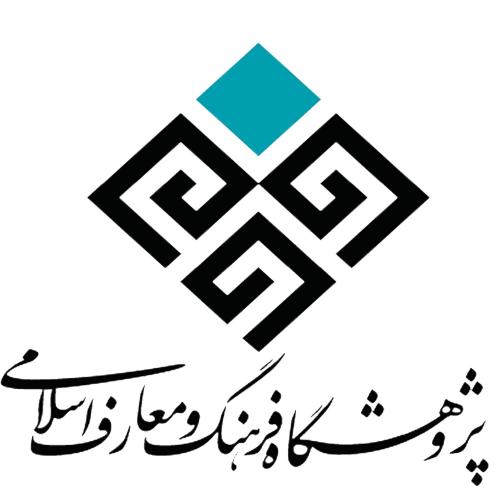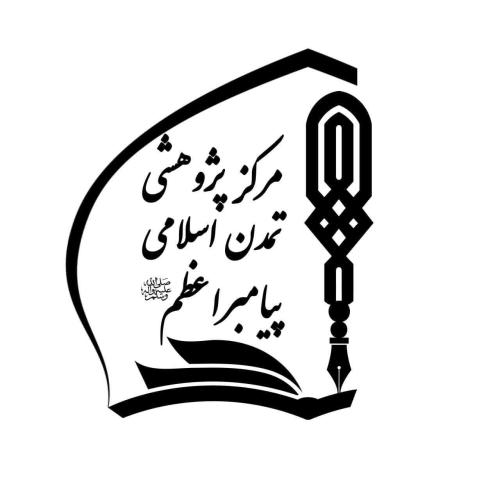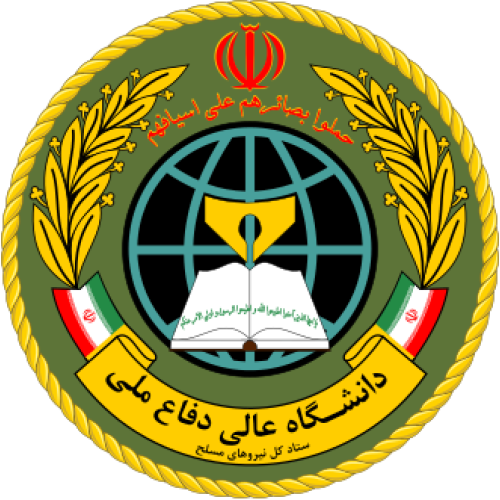-
1. مفهوم، مبانی و چارچوبهای حقوق ملت و آزادیهای مشروع در نظام جمهوری اسلامی ایران و مقایسه آن با سایر نظامهای حقوقی
-
2. سازکارها و الزامات تأمین و تضمین حقوق ملت و آزادیهای مشروع
-
3. دستاوردهای نظام جمهوری اسلامی ایران در زمینه حقوق ملت و آزادیهای مشروع
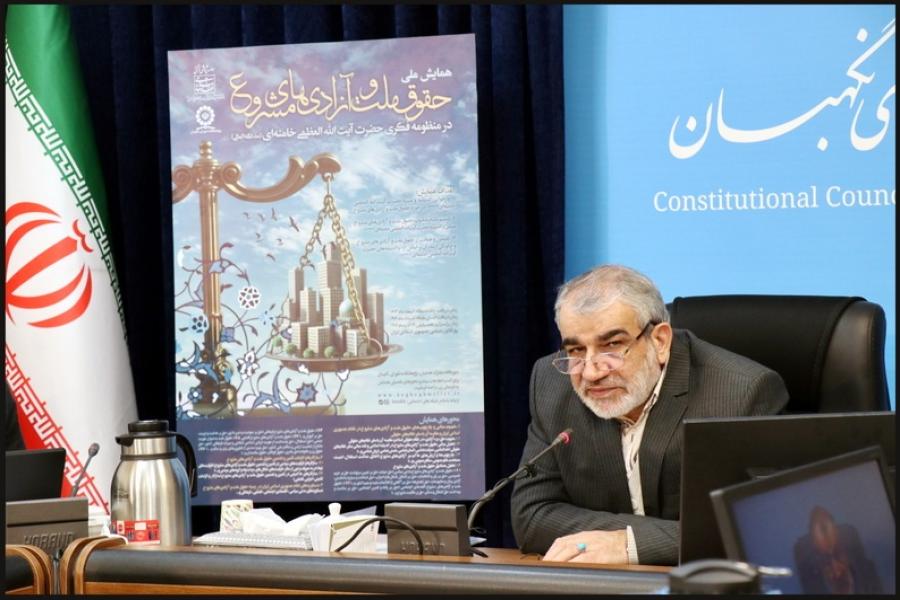
The head of the International Conference on "People’s Rights and Legitimate Freedoms in Thoughts of Ayatollah Khamenei” stressed the need to highlight the Leader's intellectual contributions, particularly regarding freedom.
Speaking at the conference's inaugural media council meeting, Dr. Abbas-Ali Kadkhodaei noted that while the Leader's political and executive roles are well-known, his intellectual depth, especially his nuanced understanding of freedom, remains underexplored.
This is because the Leader's involvement in the Islamic Revolution and subsequent political leadership has overshadowed his intellectual pursuits, he added.
Dr. Kadkhodaei emphasized that freedom was a core tenet of the Islamic Revolution and Imam Khomeini's movement, pointing out that the Iranian Constitution enshrines freedom alongside other revolutionary ideals, and that the Islamic Republic is founded upon it.
However, he argued that in the decades since the revolution, challenges, including attacks from adversaries, have hindered the proper articulation of freedom as a fundamental Islamic principle and teaching.
He further explained that Ayatollah Khamenei’s views – as a prominent Islamic thinker – on freedom have their roots in fundamental human rights.
Dr. Kadkhodaei also called for an analysis of why these ideas have not been effectively communicated and integrated into legislation.
Finally, he underscored the media's vital role in raising awareness about the conference and its themes. He suggested that media outlets can contribute by explaining the conference's purpose, disseminating news, and hosting experts and thinkers to generate content on the topic.

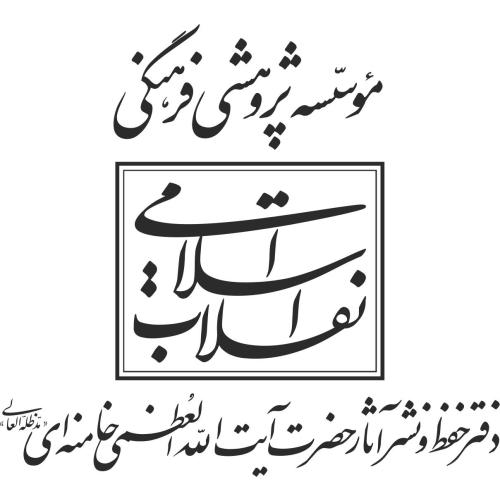
.png)

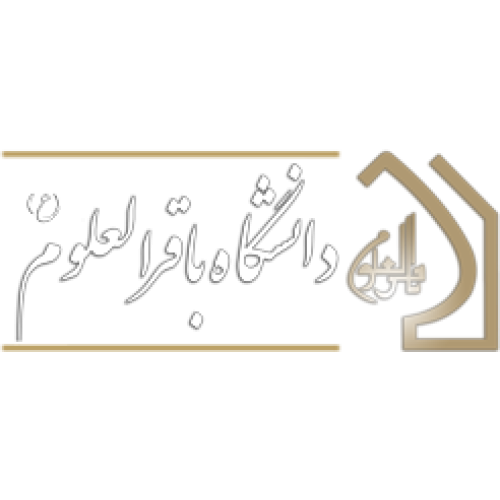
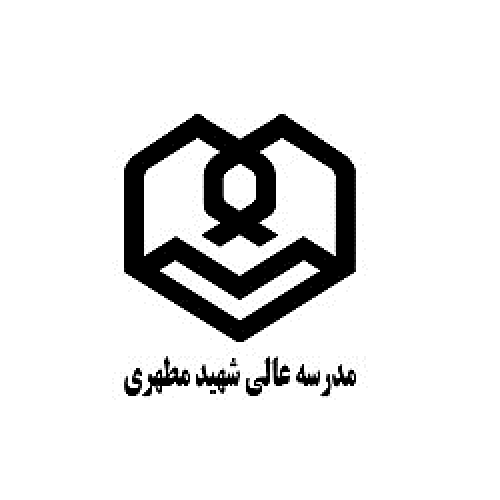
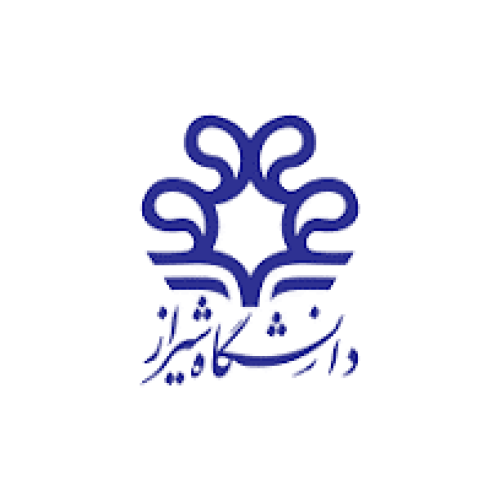
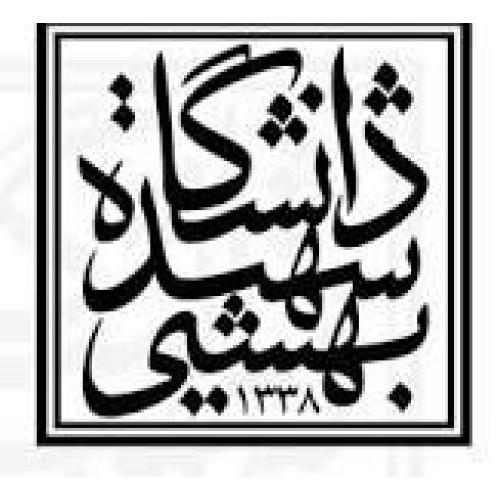
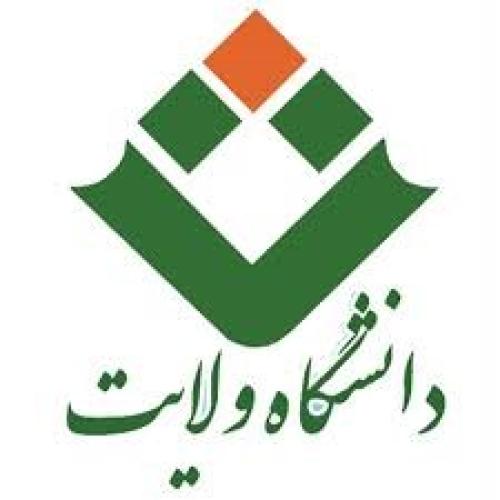
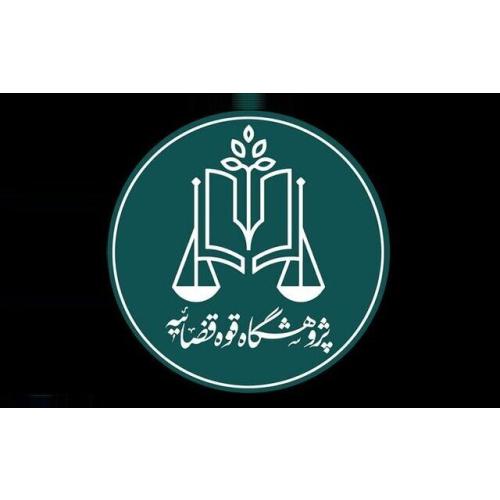
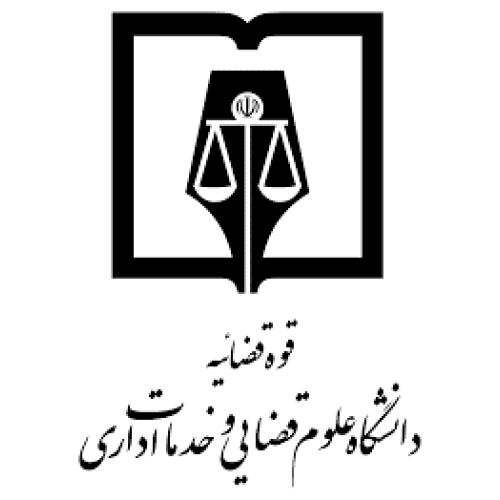
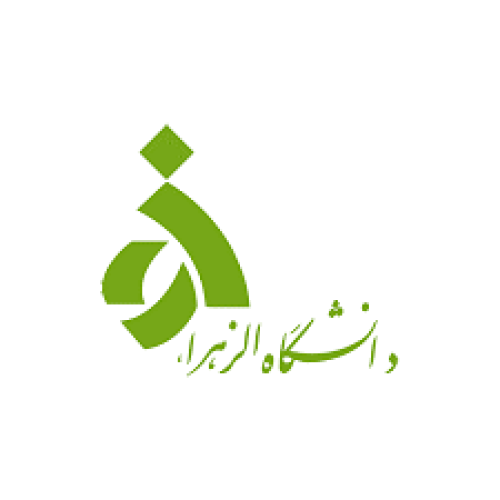
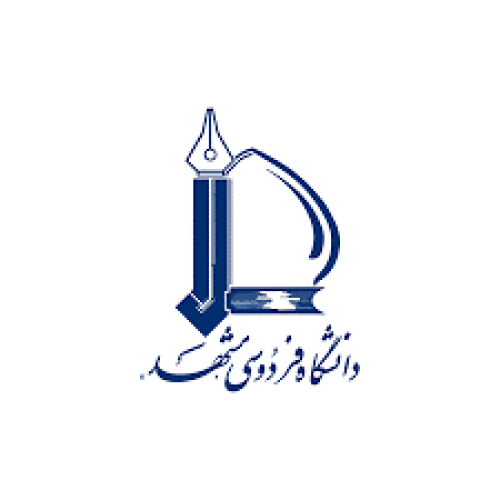
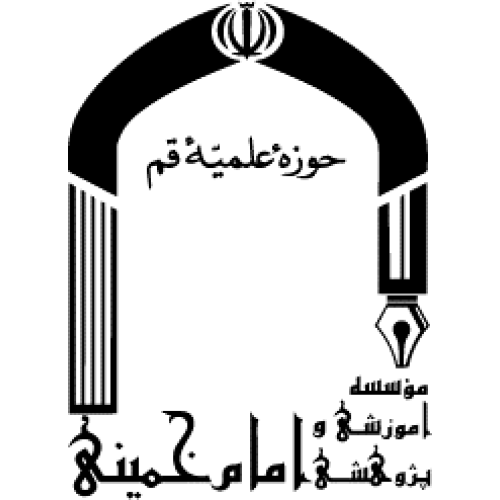

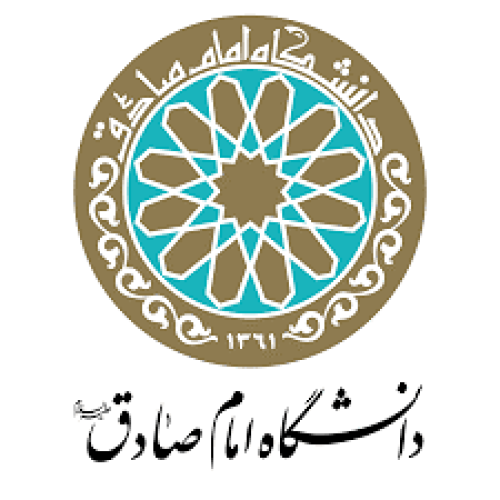
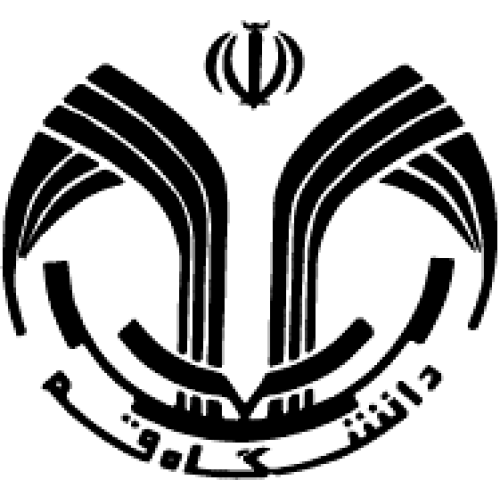
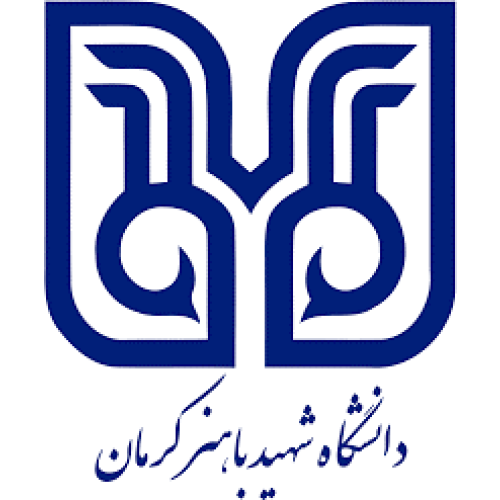
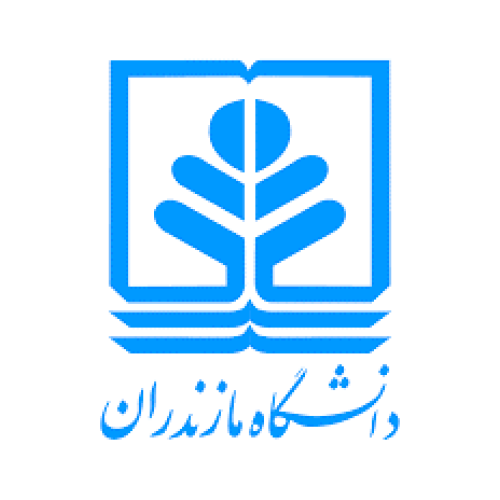
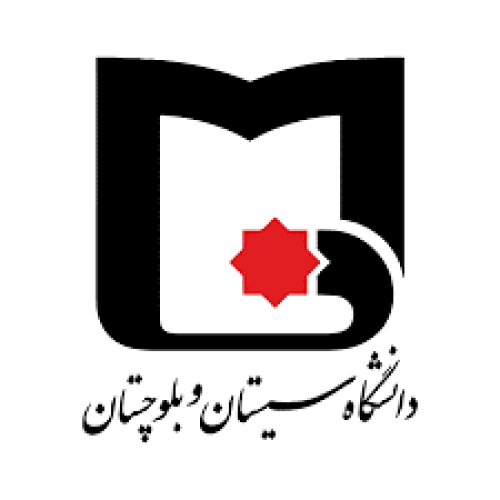

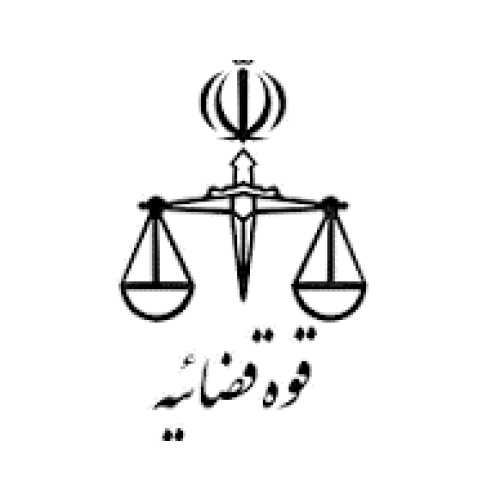
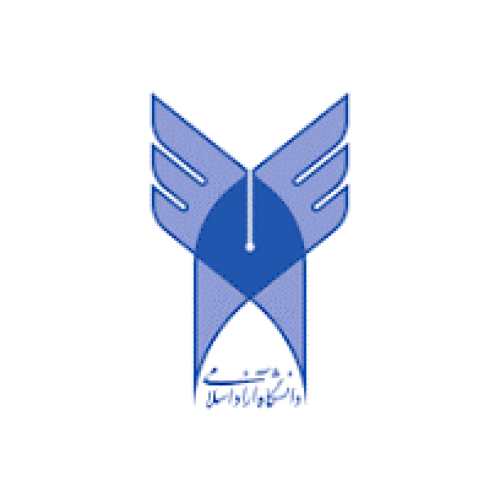
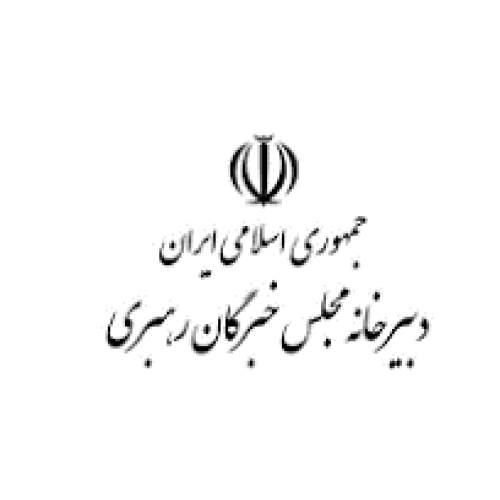
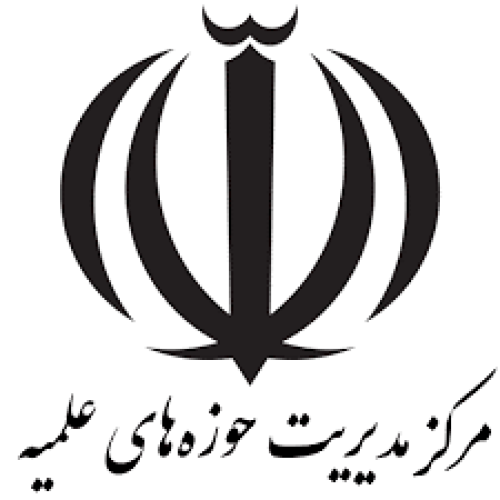
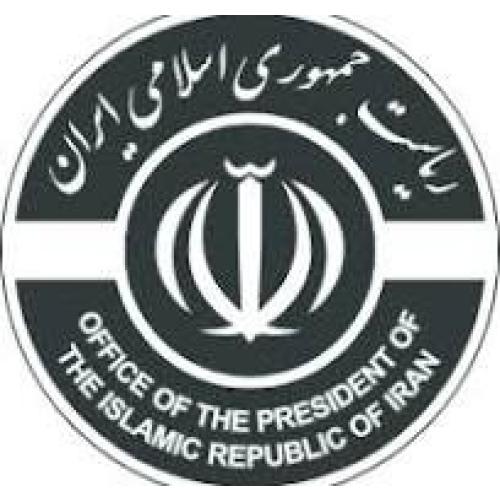
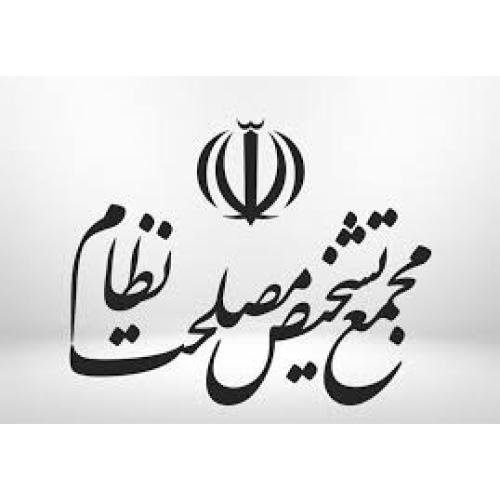
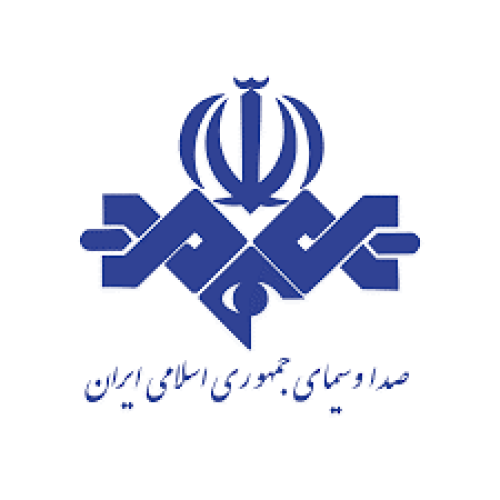
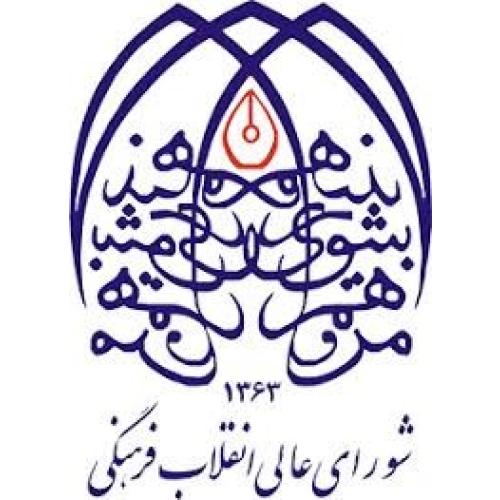
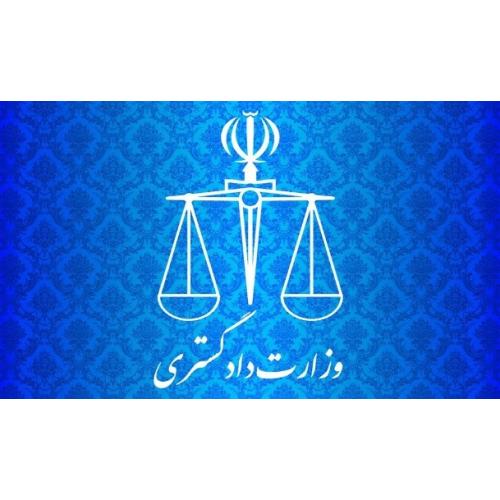
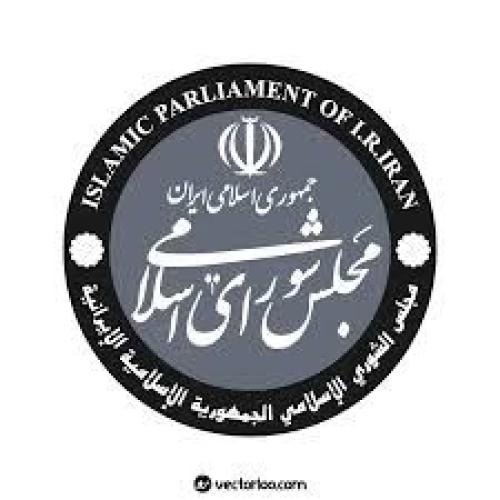
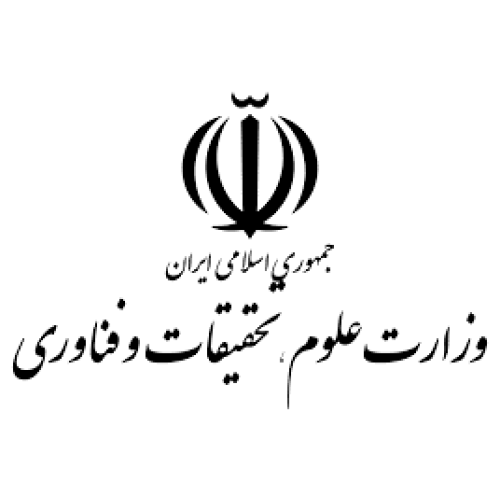

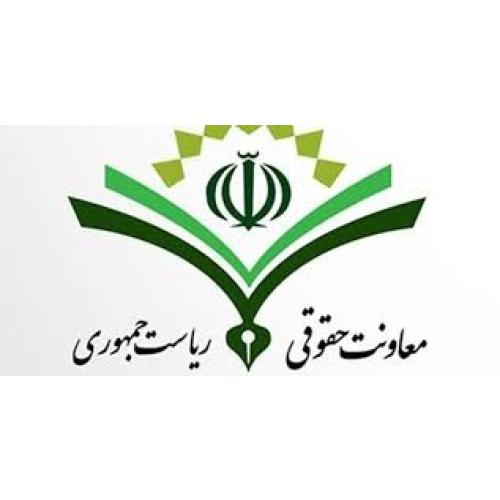
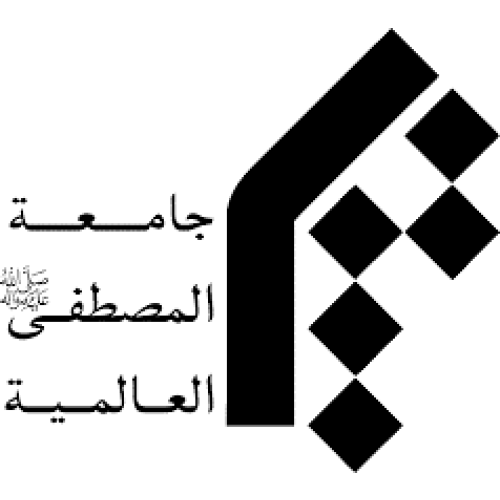
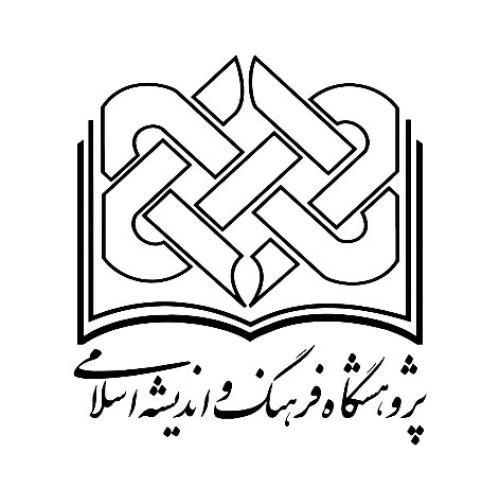
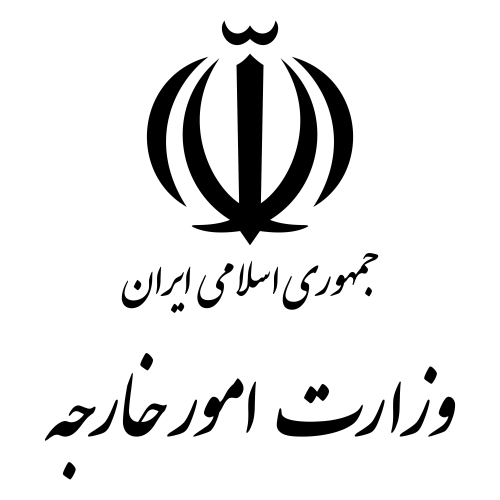
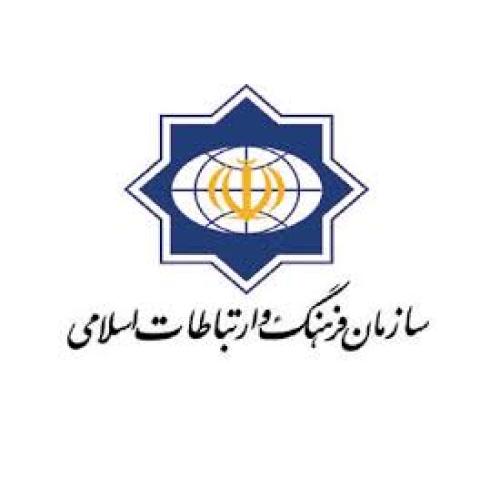
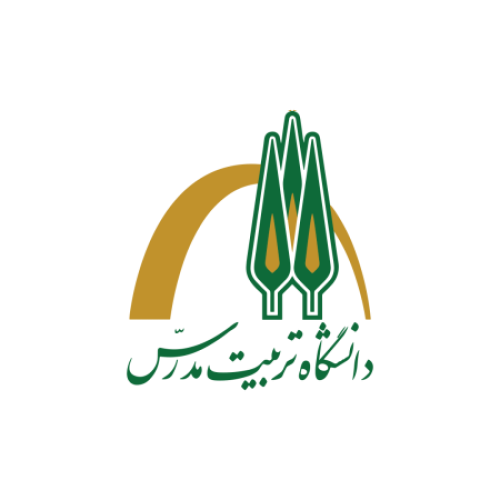
.png)

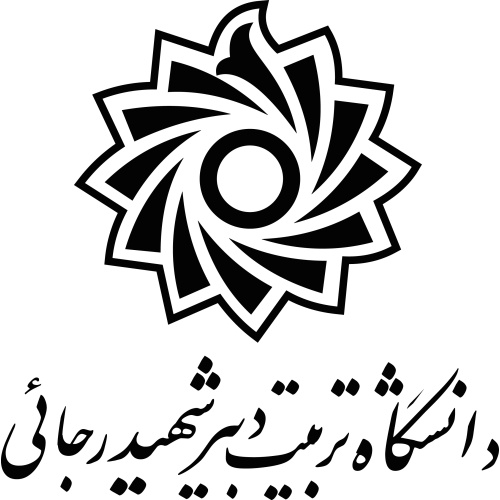
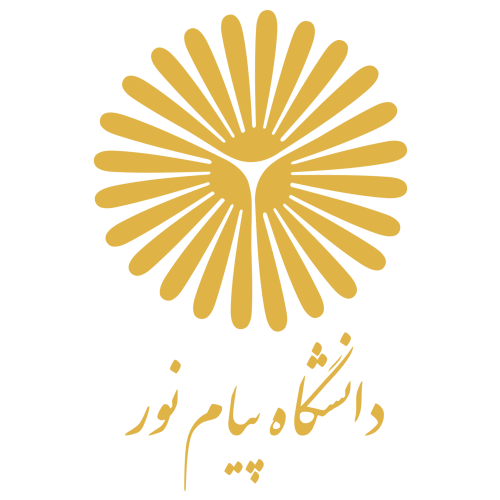
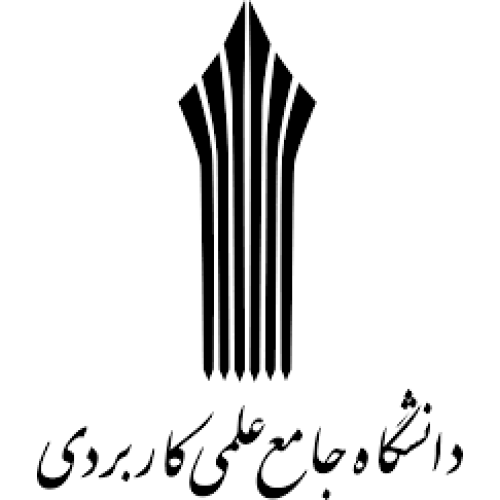
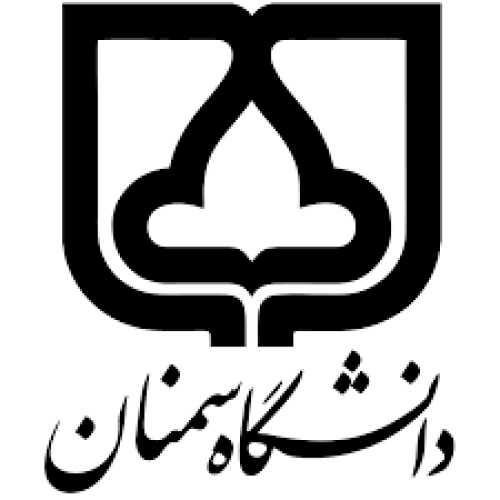
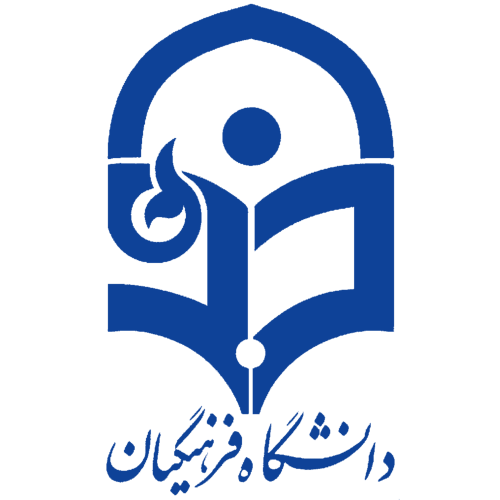
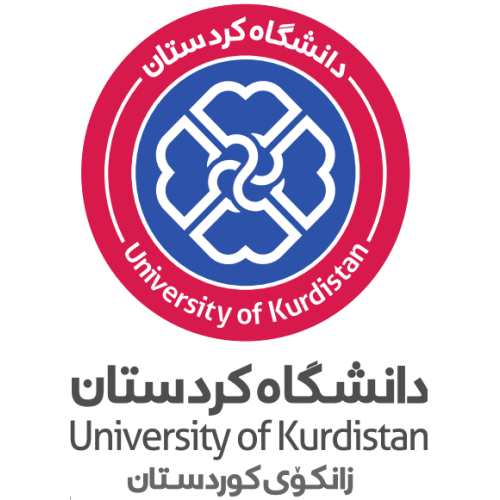
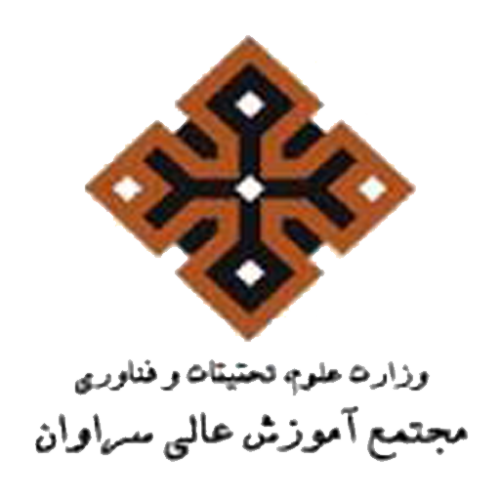

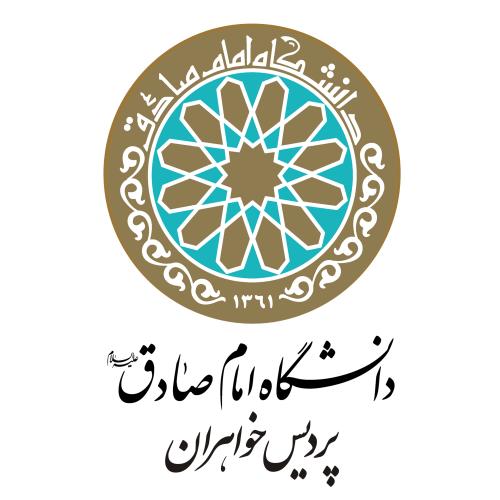
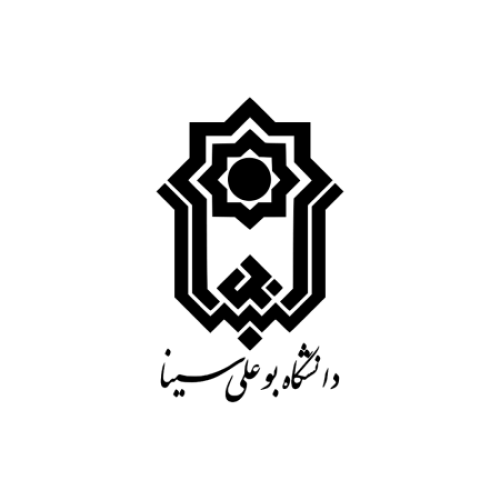
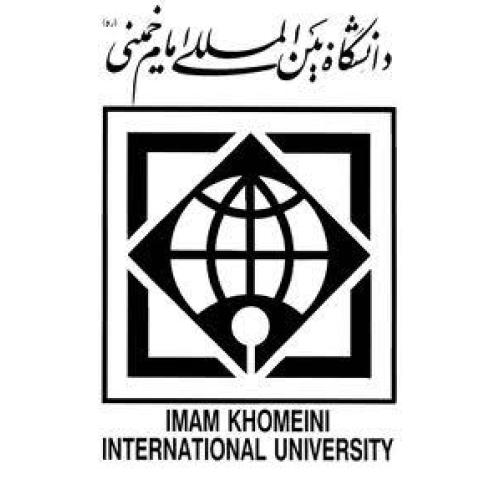
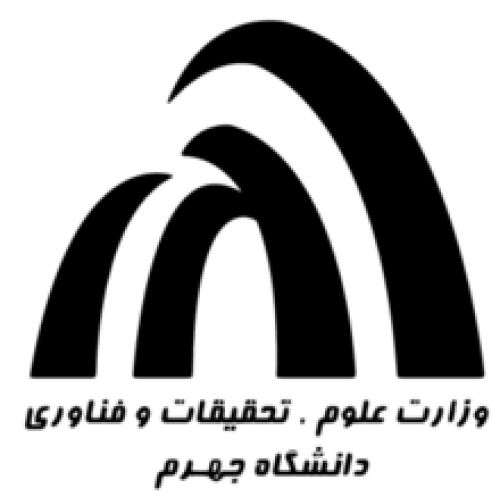
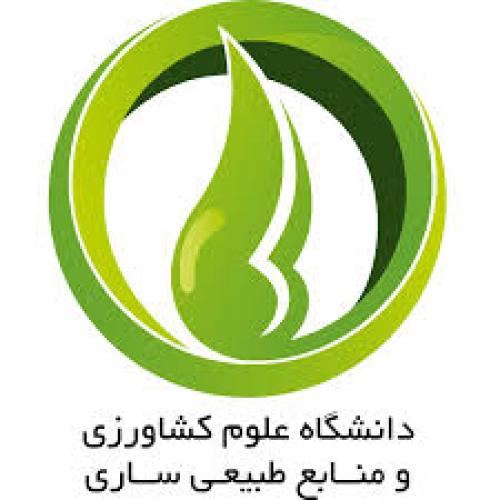
.png)
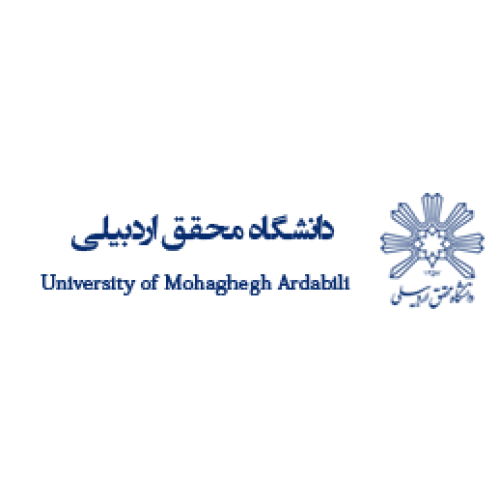
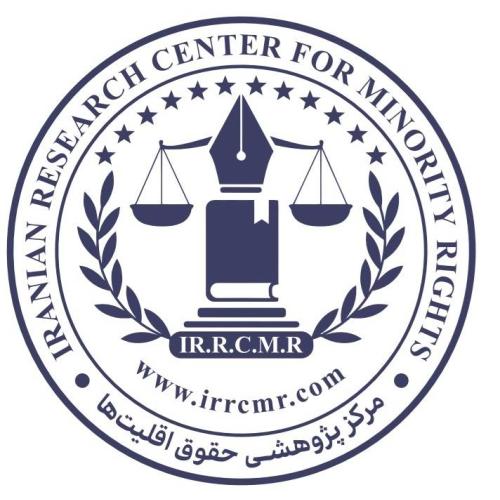
.jpg)
